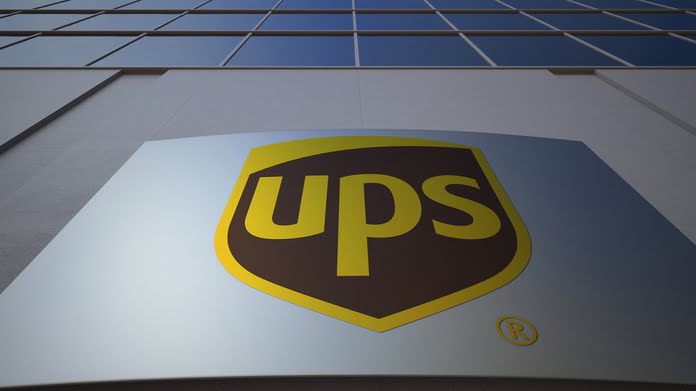Despite difficulties brought about by decreased e-commerce sales recently, workforce shortages increased fuel prices, and other factors, shares of United Parcel Service (NYSE:UPS) have sprung to life again. UPS’s investment case warrants examination in the wake of the company’s announcement of plans to increase its presence in Italy this past week.
I last looked into UPS in 2015 and decided that, given the company’s potential concerns, the situation did not warrant further investigation. I was somewhat wary about the premium valuation and the possibility of severe competition, but I remarked that the firm was well positioned to gain from ongoing expansion in e-commerce. Stocks increased from $100 to $200 over seven years, with performance so close to the S&P 500 that it underperformed the main index slightly.
The Former Take on UPS
Even in 2015, UPS’s main emphasis was on package delivery, LTL shipments, and supply chain management solutions; these three areas remain UPS’s primary business interests. Although large retailers like Walmart (NYSE:WMT) and Amazon.com (NASDAQ:AMZN) were investing heavily in their own delivery infrastructure, which had the potential to cut out large parts of the volume for essentially a middle man, letter volumes were under pressure, and package volumes were up, driven by the relentless rise of e-commerce.
In those days, annual revenues for the corporation were over $58 billion, and its operating margins of 13-14% seemed strong. The corporation has set lofty long-term goals, tacitly targeting $68 billion in revenues by 2019, with after-tax profits expected to total $6.5 billion, or $8 to $9 per share. When I looked at the stock price (12 times projected earnings, or 4-5 years into the future), I thought it was overpriced due to the company’s advantageous position, which inevitably drew competitors (even competition from its own clients).
UPS was trading at 20x earnings with a leverage of around 1x; I pointed out that the company’s $12bn in post-retirement payments would boost leverage to about 2.5x; at that price, I thought the company was well valued.
Precaution wins
Having been cautious around $100 in 2015, I saw that shares traded at about $100 till early 2020. Following the boom, shares rose to the $230s, fell to $170, and are currently traded at $205.
UPS (NYSE:UPS) released its 2021 results in February, with full-year sales rising 15% to $97 billion and changing, keeping its long-term goals. Adjusted operating earnings were roughly in line with GAAP at $13 billion. Adjusted EPS was $12.13.
$11.3 billion in net debt and $9 billion in pension-related obligations. EBITDA is about $16 billion, which supports a lot of debt. While capital investment in equipment reduced to $4.2 billion last year, it surpassed depreciation by more than a billion. Cash flow conversion is always an issue, especially with electrification.
The business expects 2023 sales to reach $102 billion and operating margins of 13.7%, or $14 billion. In April, the business announced first-quarter earnings in line with forecasts and reaffirmed a >$6 dividend per share annually.
The corporation maintained its full-year projection despite weak second-quarter performance. This makes a $13 EPS figure 15-16 times earnings, a reasonable multiple given the favorable periods in the cycle. Second-quarter net debt is $8.5 billion (excluding other liabilities). The 877 million shares provide a $188 billion enterprise valuation or 1.8 times revenues.
UPS has agreed to buy healthcare logistics business Bomi Group. The news announcement didn’t give financial details, although a Wall Street Journal report said the sale was a few hundred million dollars.
Finally
I believe a 15-16 times multiple is reasonable, and it’s excellent that UPS (NYSE:UPS) has deleveraged its balance sheet, especially with retirement obligations. All of this is excellent, but decreasing current demand may impact increasing fuel expenditures, fleet electrification, workforce constraints, and a potential sluggish economy.
I think shares to are appropriately priced today. However, I’ve become more appreciative of the firm and aim to add on major declines.
Featured Image: Megapixl @Alexeynovikov
















